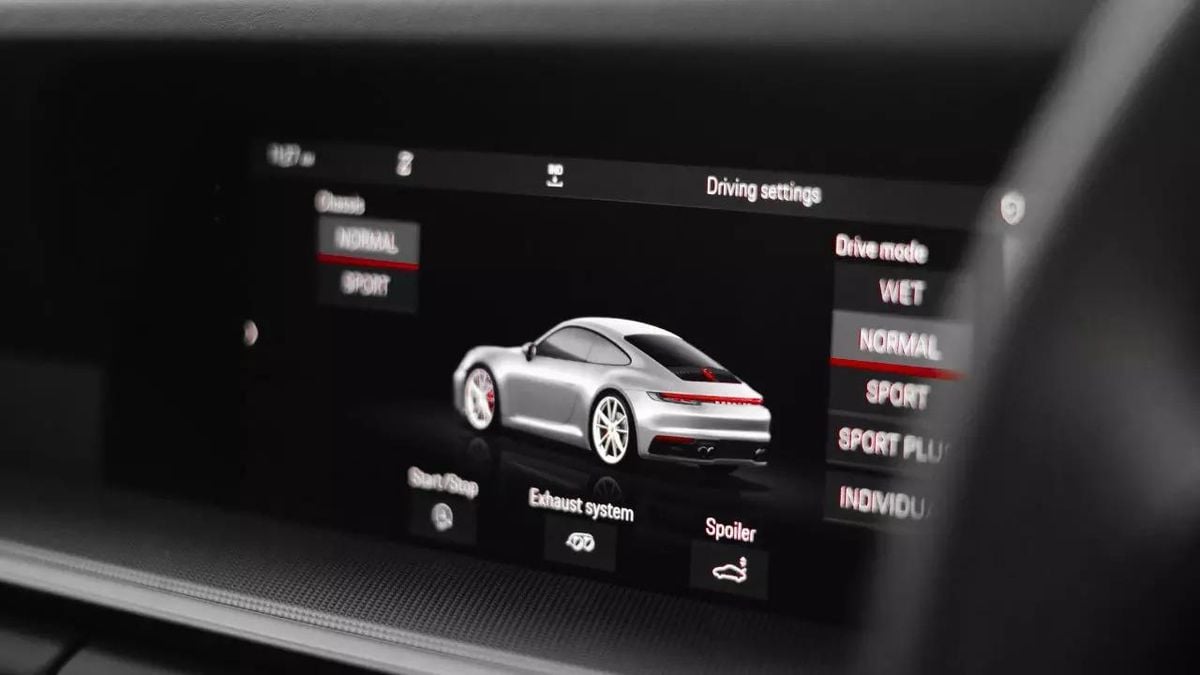
Qualcomm and Google are joining forces on a groundbreaking venture aimed at revolutionizing automotive technology. Their collaboration focuses on integrating generative artificial intelligence (AI) within vehicles, promising to make driving experiences not just smarter, but also safer and more enjoyable. This strategic partnership is set against the backdrop of rapid advancements within the automotive industry, where digital transformation is becoming the norm rather than the exception.
The duo has announced plans to develop AI voice assistants for cars, leveraging Qualcomm’s Snapdragon Digital Chassis and Google Cloud. This means drivers and passengers will have access to personalized voice assistance and real-time driving information without needing to connect via their smartphones – quite the step forward! The technology is gaining traction, with several manufacturers including Chevrolet, Honda, and Volvo already deploying Google’s Android Automotive OS (AAOS) infotainment platform.
“Our work with Google signifies major progress toward creating AI-enriched automotive solutions. We’re excited to enable automakers to provide safer and more connected driving experiences,” shared Nakul Duggal, Qualcomm’s general manager. This partnership is about creating a “new standardized reference platform for cockpit solutions” powered by generative AI. This makes it easier for automotive manufacturers to adopt the technology and develop intelligent systems for vehicles.
The collaboration aims to deliver intelligent digital cockpit experiences featuring intuitive voice assistants, immersive navigation, and proactive updates to help anticipate driver needs. Imagine your car knowing when you’re getting drowsy on the road and recommending the nearest cafe for a quick coffee break. Or think about it guiding you to interesting local landmarks automatically! These scenarios aren’t just futuristic fantasies; they’re what Qualcomm and Google’s innovations are making feasible.
Key technological components include Qualcomm’s cutting-edge chips, which promise processing power and speed like never before. The Snapdragon Cockpit Elite, for example, is engineered for high-performance dashboards and multiple displays within cars. The Snapdragon Ride Elite chip caters to the autonomous driving sector. With these innovations, Qualcomm is setting the groundwork for what they call “software-defined vehicles” — cars where software capabilities significantly surpass traditional mechanical functions.
“Generative AI and automated driving capabilities are transforming the automotive industry,” stated Patrick Brady, VP of Engineering at Google. “With Qualcomm, we expect to push the boundaries of innovation for software-defined vehicles and highlight the impact of our co-innovation.” This collaboration is expected to not only keep pace with the industry’s evolution but also lead the charge for what’s possible with modern vehicle tech.
This tech partnership marks continuity for Qualcomm and Google, who previously worked together but now aim for greater integration to streamline developments and the customer experience. Automotive developers can look forward to using the new platform, which will provide tools to build sophisticated cockpit systems, enhancing overall accessibility and functionality.
The expectation is to utilize Qualcomm’s edge AI technology to deliver experiences such as AI-driven voice prompts, enabling customized interactions with the driving system. Users will experience real-time updates, making for smoother travel. So far, interest has been widespread, with many major car manufacturers expressing excitement about the potential of this collaboration.
To help facilitate this, Qualcomm’s Snapdragon Digital Chassis will incorporate the Android Automotive Operating System, coupled with cloud-hosted capabilities to optimize automotive software development. This road-ready solution aims to increase developer productivity and expedite the rollout of new features to market. Simply put: the tech giants are laying the groundwork for seamless integration of intelligent systems directly within vehicles.
The automotive industry finds itself at the convergence of digital innovation and traditional mechanics, and partnerships like this are integral to shaping its future. The enthusiasm around the Snapdragon Digital Chassis combined with Google’s advancements promotes proactive engagement, where vehicles do more than just take you from point A to point B. They’ll actively engage with you!
Overall, as more manufacturers embrace Google’s Android Automotive OS and Qualcomm’s Snapdragon architecture, we may see more vehicles rolling off production lines with advanced AI systems directly integrated. It’s clear this partnership is not just about making cars smarter; it’s also about making sure they are safely and efficiently connecting with their drivers. The road to the future is not just paved; it’s intelligently directed!
Give Feedback. How was this article?
You can help us improve by leaving feedback specific to
this content.
How would you rate the quality of this article?
Terrible😭
😍Awesome
Which of the following feelings did this article evoke in
you?
Multiple Selection
How easy was it for you to find the information you were
looking for in this article?
Super Hard😱
😎Super Easy
Artificial intelligence is increasingly used in content
creation. What percentage of this article do you estimate was generated by AI?
How can we improve this article (or our articles in
general)?
Do you have any other suggestions for improving our content
or
website?
Send Feedback
Thanks for the feedback
Thank you for supporting us to improve ourselves with your
feedback.
